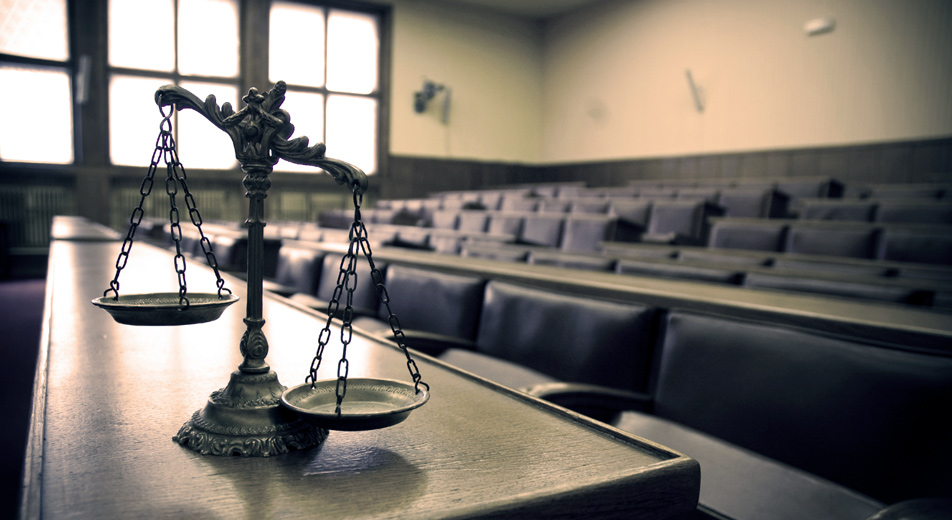The issue of Wood’s Lamps and other alternate light sources (ALS) in sexual assault medical forensic exams comes up at courses and conferences regularly, which makes me reflect on how often we do things because we were taught we should, and not because they’ve been shown to be particularly useful or effective. So what follows is an overview of the literature on ALS in the detection of semen on the bodies of sexual assault patients.
The general gist of the literature is that Wood’s Lamps are ineffective for consistently identifying semen in the medical forensic exam; other types of ALS seem to be more effective. That being said, being able to document the presence of a glowing substance (since many things fluoresce under ALS) may still be of limited value for the forensic healthcare professional. Review the following articles for research and information on the subject. To be clear, the amount of research done on the subject is not overwhelming–there’s a definite need for more data as related to detection of semen on the human body with the tools generally found in clinical practice.
An important note: If you are using any type of alternate light source, you must be able to articulate how it works and the science to support its use. Should you go to court, this line of questioning is fair game.
BTW, don’t end your reading here. Continue on with Part II of this clinical guide, as there is some overlap in the issues between the two (e.g, what else absorbs light/fluoresces).

